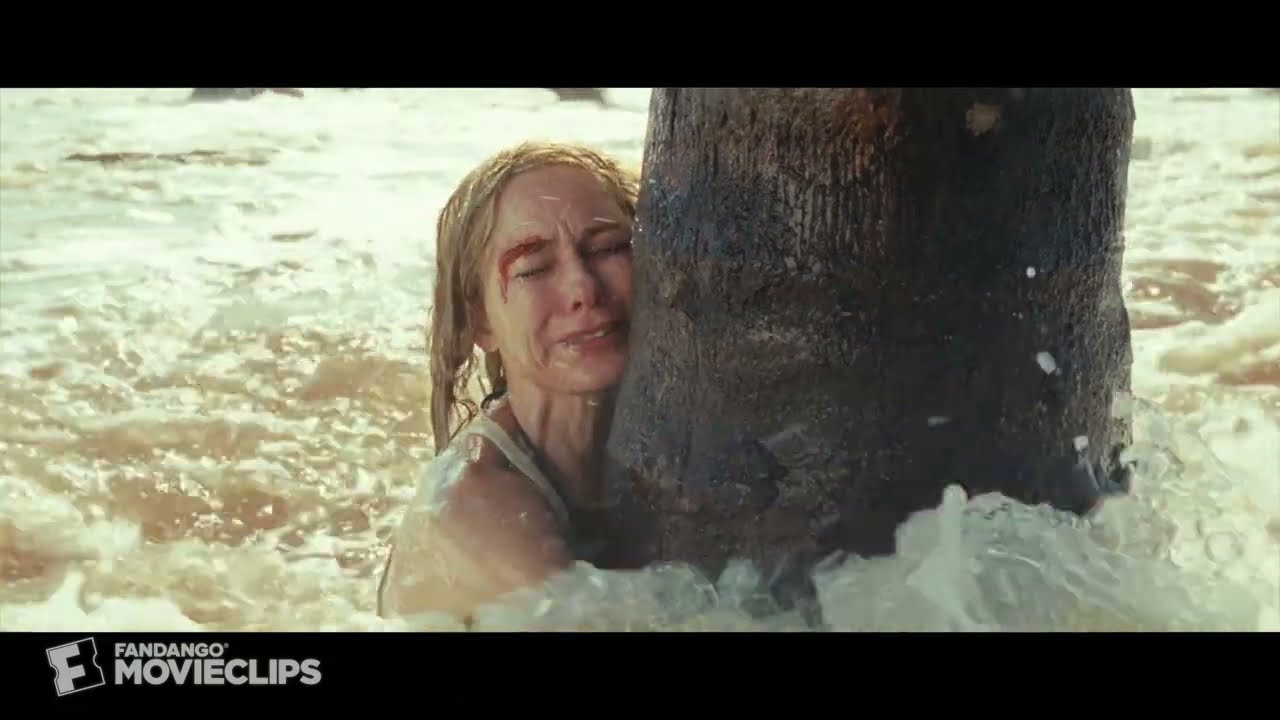
Introduction
There are films that entertain, and there are films that stay with you long after the credits roll. The Impossible (2012), directed by J.A. Bayona, falls into the latter category. Based on a true story of survival during the catastrophic 2004 Indian Ocean tsunami, the film is not merely a disaster spectacle—it is an intimate exploration of family, perseverance, and the fragility of human life.

Plot Overview
Set against the serene backdrop of Thailand, the film quickly descends into chaos as the towering tsunami waves devastate everything in sight. Maria (Naomi Watts) and Henry (Ewan McGregor) are vacationing with their three children when the disaster strikes, tearing the family apart. Maria, gravely injured, struggles to survive alongside her eldest son Lucas (Tom Holland in a breakthrough role). Meanwhile, Henry embarks on a frantic search, clinging to the hope that his wife and son are still alive.

Performances That Resonate
- Naomi Watts delivers a performance of raw vulnerability and unyielding strength, earning her an Academy Award nomination.
- Ewan McGregor embodies desperation and determination, particularly in scenes that depict the anguish of separation from loved ones.
- Tom Holland, in his first major film role, radiates authenticity and emotional depth, foreshadowing the career that would follow.
Direction and Cinematic Craft
Bayona’s direction is both intimate and visceral. The tsunami sequence is harrowing—executed with a blend of practical effects and digital precision that leaves the audience breathless. Yet, beyond spectacle, Bayona captures the silent moments: the whispered reassurances, the fleeting acts of kindness, and the haunting uncertainty of survival. The camera lingers not just on destruction, but on humanity at its most fragile and most resilient.

Themes and Emotional Impact
At its core, The Impossible is not about disaster—it is about connection. Themes of family, sacrifice, and the compassion of strangers are woven throughout the narrative. The film reminds us that in the face of overwhelming devastation, it is the simplest gestures—a hand held, a word spoken—that can mean everything. Few films manage to balance the scale of tragedy with the intimacy of personal struggle as effectively as this one.
Conclusion
The Impossible is an emotionally searing experience, blending cinematic intensity with heartfelt humanity. It stands as both a tribute to those who endured the unimaginable and a meditation on the resilience of the human spirit. This is not a film you watch casually—it is a film that demands to be felt, to be absorbed, and to be remembered.
Final Verdict
For those seeking more than spectacle—for those who wish to be moved as well as astonished—The Impossible is essential viewing. A masterful blend of craft and emotion, it is one of the most powerful disaster dramas ever committed to film.